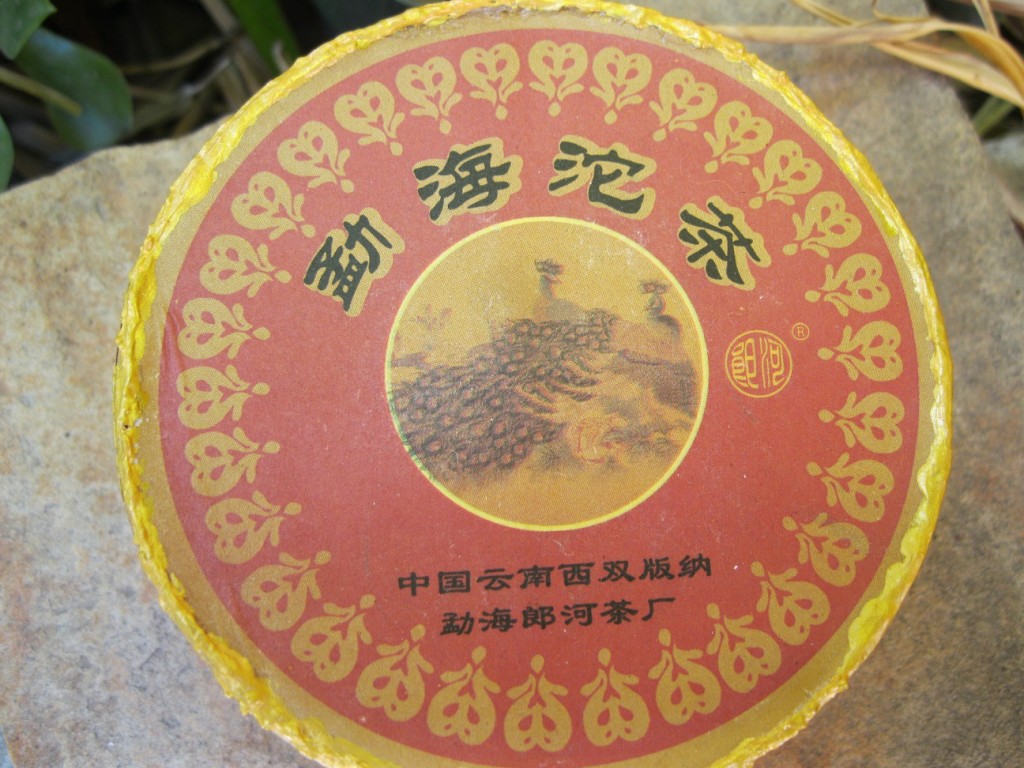’06 Menghai Bird’s Nest 100g

Recently, I decided that I’d really pay close attention to my stash of ripe puerhs. My basic opinion is that most are the same, with the exception those that lie at both ends of the spectrum of good and bad. As I’ve seen the price of certain productions climb, I am assured that price has less to do with the overall quality of drinking experience with ripe puerh than it does with raws.
Most ripes in my stash, I’d rate as “Decent.” They do not possess an off flavour, but if you lined it side-by-side with another, you’d be hard pressed to distinguish it. It’s such a moving target as well. Annual season and storage conditions factor greatly in how a tea changes. I may spend a bit of time with one over the course of a few months to see how it sits with me. I experiment with different steeping vessels and times. I’ll note whether the cha-qi evokes the same sensation and exactly how the light plays in the brew in terms of clarity. Invariably, I’m looking for something that possesses some type of artistic flair and that possibly deepens my catalog of knowledge regarding a particular company.
Presenting the ’06 Menghai Bird’s Nest by Langhe. This tuo is better than decent. It starts out with the classic Langhe clarity but unfortunately becomes progressively murky. Perhaps I’m getting ahead of myself. After all, the cylindrical box in which it is stored is exquisite. With an antique impression of two peacocks in a characteristic Chinese painting, it sits nicely among the peacock-themed puerhs in the stash. Those poor boxes took a serious beating in transit, but a friend doctored them a bit so they now possess a kind of gold-leaf edge. The wrapper on the tuo/bird’s nest itself is characteristically Langhe, with its trademark emblem front-and-center. The box, on the other hand, is suitable as a nice gift for someone who appreciates the beauty that often accompanies tea. It gives a clear impression that it’s not just any old product.
The outer box looks to have a few years under its belt, but it doesn’t smell like it nor does the inner tuo wrapper look very old either. Storage conditions, we’ll say, were on the drier side. Though many drier stored puerhs start to take on the taste of old books, there’s no hint of that. This all adds up to making me quite suspicious that it is as old as it purports.
No proper puerh junky avoids doubting the age and authenticity of an item even when it looks old. From just this junky’s limited experience, it takes a few years for ripe’s taste to fully develop. Companys vary in their fermentation process, so the fishy smell is not only an undesirable trait but probably the mark of a pretty poor fermentation process or at the very least a production still requiring a few years to cook.
Nothing could be further from the truth for the ’06 Menghai Bird’s Nest from Langhe. I’ll elaborate in the next missive.
